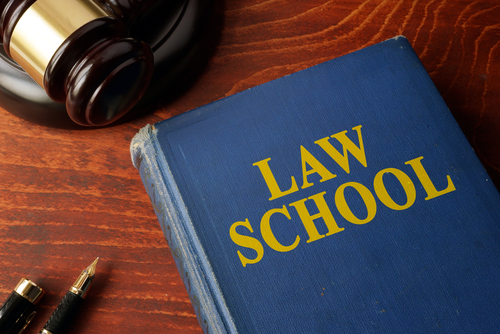As class sizes shrank, the number of ABA-accredited law schools remained mostly flat

Shutterstock
For nearly 40 years starting in 1971, law schools had an average first-year class size of 246 students, peaking to 262 in 2010. Since then, that average has dropped 31 percent to an average of 182 students.
Despite the sharp decrease, Indiana University Maurer School of Law professor Bill Henderson writes on his recently launched blog, Legal Evolution, that beginning in 2011, the number of ABA-accredited law schools has barely fluctuated.
He notes that between 2011 and 2014, the number of those schools grew from 201 to a peak of 204 in 2014 before dropping back to 201 in 2016 following mergers and closures. Comparatively, there were only 147 ABA-accredited law schools in 1971.
“Imagine if a hotel, airline, or restaurant experienced a 31 percent decline in the number of paid customers. The price competition for marketshare would be disastrous, leading to industry consolidation that would improve pricing power. Higher education is different, however, in a way that complicates the analysis,” he writes.
Like other academics have found, Henderson suspects more law schools will close. But he’s hopeful that non-JD programs and online offerings will help them remain open.
Still, it’s unlikely that the demand for legal services will rebound, Henderson writes, due to corporations moving lower-level legal work in-house, and some businesses refusing to pay for junior associate time.
Also, higher education has little experience with shutdowns and layoffs, or divesting, acquiring or merging academic units across universities, according to Henderson.
“The biggest cost-driver in higher ed is labor,” he writes. “Because of the extensive protections on professor tenure, most of the labor costs are fixed rather than variable costs.”



